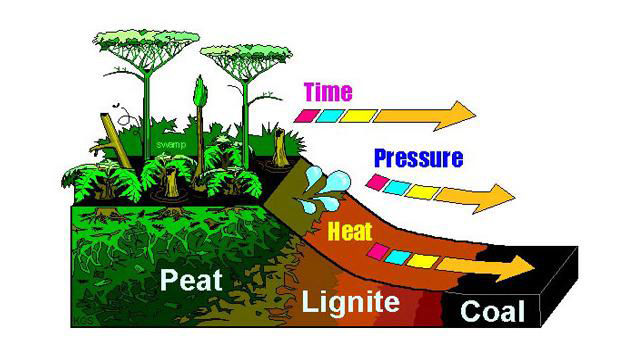IS OUR RATE OF COAL CONSUMPTION SUSTAINABLE?
- Dickinson Group of Companies

- Jan 11, 2018
- 1 min read
The world’s forests are a net carbon “sink,” trees absorb carbon dioxide to synthesize carbon compounds in the presence of sunlight and water through the process of photosynthesis.
The coal story has been told numerous times; about 100 to 400 million years ago plant matter fell into swampy water and over time a thick layer of dead plants lay decaying at the bottom of the swamps. Over time the surface and the climate of the earth changed and more water and dirt washed in halting the decaying process, forming peat. The weight of the top layers of water and dirt packed down the lower layers of plant matter. Under heat and pressure, this plant matter underwent chemical and physical changes, pushing out oxygen and leaving rich hydrocarbon deposits, what once had been plants gradually turned into coal.

Today coal is found both, deep underground and near the surface of the earth. It is extensively extracted (underground & open cast mining). The coal is used as a source of energy for the production of electricity, mineral processing operations, and industrial heating processes amongst many other applications. All of the uses eventually turn the carbon compounds expel back CO2 into the atmosphere.
With global coal consumption estimated at 7 876 Mt in 2013 and global CO2 concentrations rising by 25% to possibly over 39% over the last century. The crucial question is are we not using this resource at a far greater rate than it was formed and releasing carbon dioxide at far greater rates than the existing forests can sink?








Comments